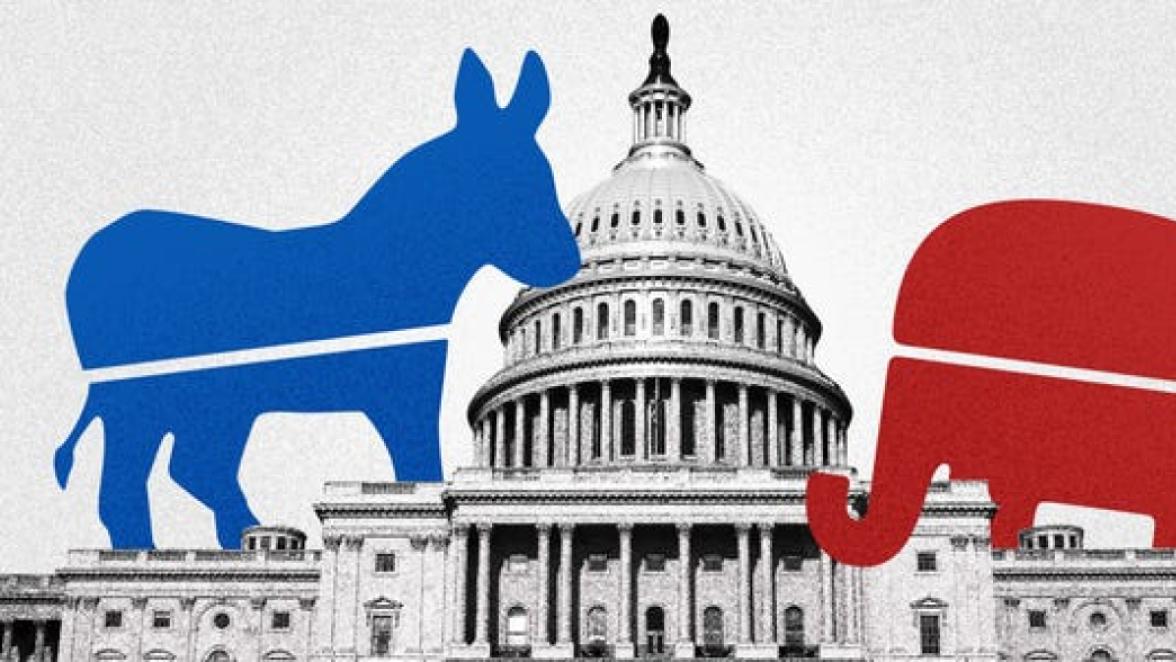While we won’t know for sure which party will control the US Senate through 2022 until Georgia decides both of its US Senate elections via a January 5, 2021 runoff, we are comfortable assuming the United States will face a divided government the next two years, with a Democrat in the White House, a Democrat-led House of Representatives, and a Republican-led Senate. With that assumption, we can consider the policy implications of the 2020 election:
- While the White House can favor or frustrate specific industries from a regulatory perspective, big policy changes require holding both ends of Pennsylvania Avenue, and neither party will, resulting in gridlock. We see positives and negatives for the market in a divided Washington, D.C.
- Taxes are unlikely to rise (a positive), but another large COVID-19 economic rescue package is less certain (a negative).
- Assuming incremental, but not excessive, fiscal support for the economy, we expect the economic recovery will continue, but won’t accelerate; bond yields and inflation expectations will remain low; P/E ratios will remain high; the US dollar will be biased lower; equities will be biased higher, and growth stocks will outperform value stocks.
- A Biden Presidency likely means a more predictable geopolitical dynamic, particularly on trade, and that, along with a weaker dollar, could favor ex-US markets, particularly emerging markets.
Tagged: weekly wire, market perspectives, Tim Holland, S&P 500 Index, 2020 Presidential election





























